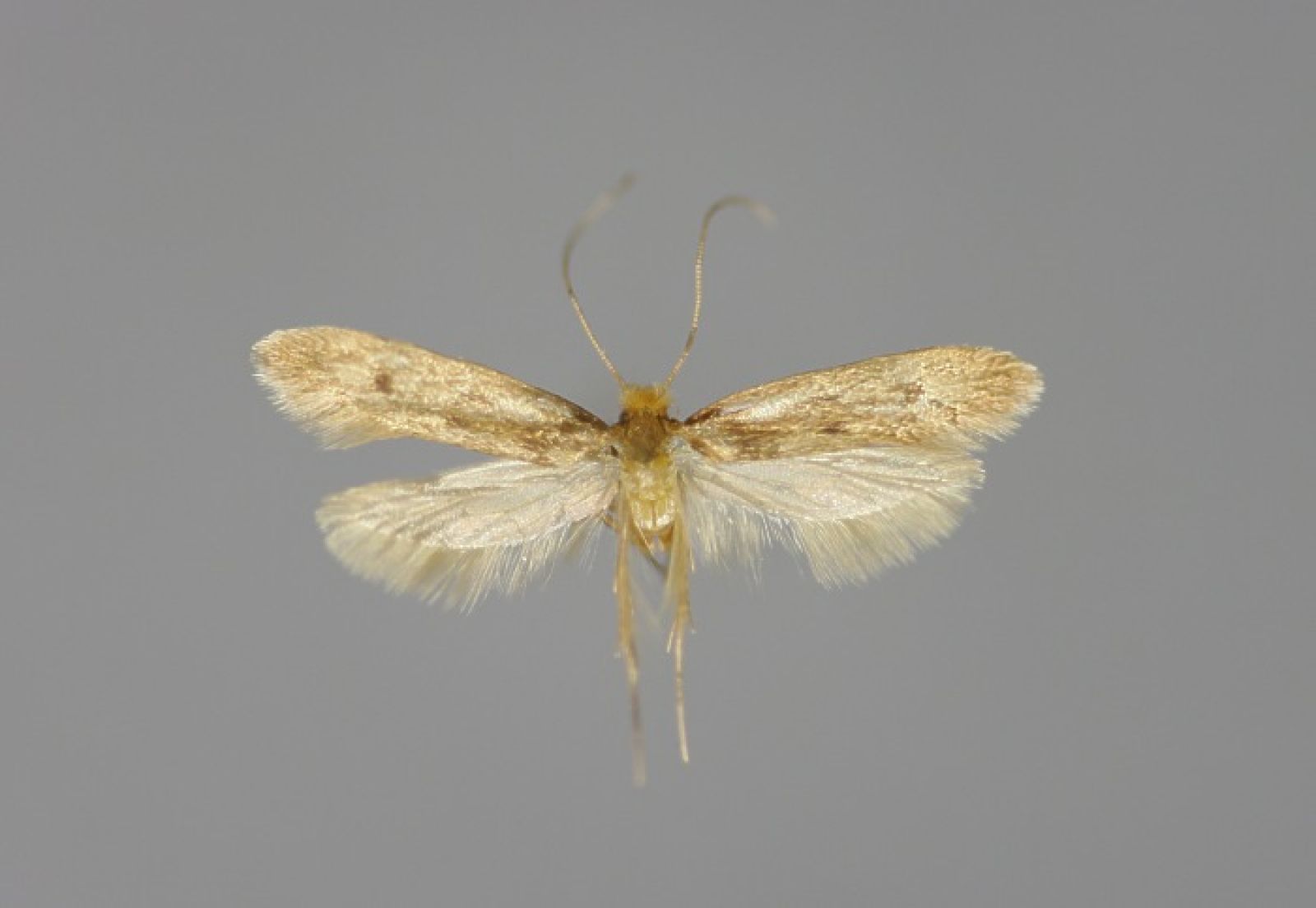It's peak moth season! Your home may be exactly what moths are looking for this summer, so be prepared to thwart their efforts. You might have heard that moths are among the most important pollinators, which is true. However, not all species of moths contribute as much as other in the role of pollinating. More importantly, how much pollinating can they be getting done from inside your closet?

Who You Might See
Let's take a look at some of the moths you may encounter in your home, or feasting on your clothes in your closet, these warmer months:
| Webbing Clothes Moth (Tineola bisselliella) Adult Length: 1/4 - 1/2 in. Color: Golden with reddish hairs Antennae: Yes Wings: Yes (spotless) Life Expectancy: 15 to 30 days |
 |
| Casemaking Clothes Moths (Tinea pellionella) Adult Length: 1/3 - 1/2 in. Color: Brownish Antennae: Yes Wings: Yes (brown, and dark spots) Life Expectancy: 4 to 6 days |
 |
Reproduction: The reproduction process and larvae stages for webbing and casemaking moths are fairly similar. Female clothes moths lay their eggs in the mesh of infested fabric using a secreted glue. Eggs are laid in groups of 40-50, that hatch somewhere in between the time span of 4 days to 3 weeks (shorter in the summer).
For webbing clothes moths, the fabric that shelters and supports the eggs will also be used as food to feed the larvae as soon as it is birthed. The larvae molt five to 45 times in a period of 35 days to 2 years until they are completely developed. At that point they will spin a silken cocoon to pupate.
For casemaking clothes moths, the larvae carry a silken case with them as they feed. They can feed from either any part of the case and may even retreat into it when disturbed. The case may take the color of the materials consumed by the larvae.
Be careful not to confused the eggs with excrement. Excrement can often be the same color of the fabric the larvae were feeding on.
What Attracts Moths
Contrary to what you might think, these moths are not attracted to lights. They usually infest articles of clothing or other cloth materials in dark places that are not often disturbed. You can expect to find them around food sources.
| Moths will eat: Woolen clothing Wool rugs Furniture Wall Decor Hats Cloth-based Toys Feathered Products |
Moths will not eat: Vegetable based products Silk Human Food Insects Plastic Cardboard Synthetic Cotton Fabrics |
These types of moths are also commonly attracted to your home from the smell of dirty clothes. Stains in fabric are very alluring to moths, even natural stains like sweat and body oils. Their larvae are seeking nutrients that these stains can give them.
What can you do?
Here are a few quick tips to help you prevent and eliminate any clothing moth problems:
1. Keep your closet area clean from all dust
2. Keep your clothing clean, and dry-clean any infested clothing
3. Utilize natural light for the closet
4. Use some lavender sachets in the closet area
How to Treat Moths
Treating these types of moths can be very difficult because you cannot safely spray your clothes or rugs with pesticides. Even pheromone traps are futile because they only attract the adult moths, and the larvae are the destructive ones. By enlisting the help of a professional pest control agent, we will help you find the source of your problem, eliminate it, and set you on the right track to cleaning your infested items. If you're looking for information about pests, or are interested in seeing what services Breda Pest Management can offer you, request a free consultation today.




